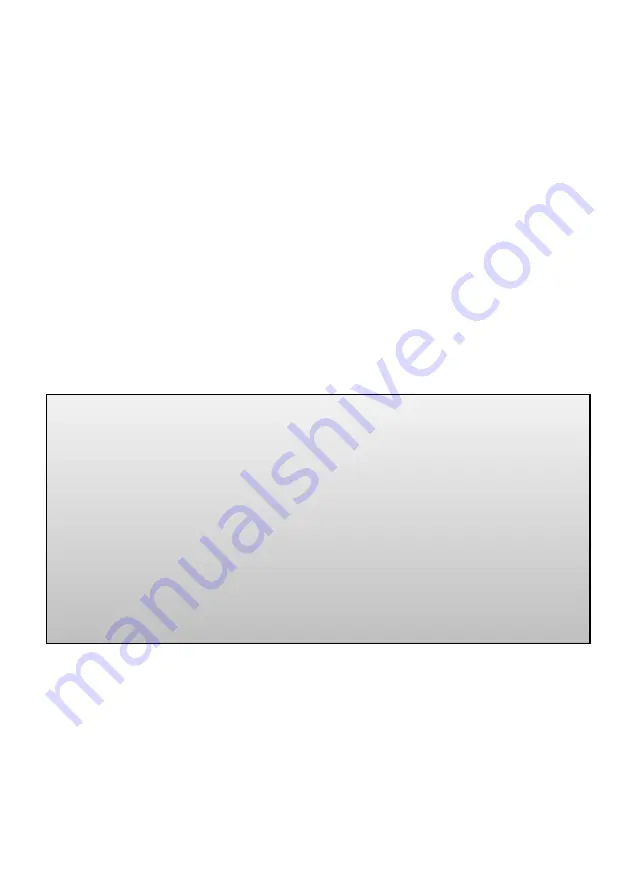
EN
48
5.2
Avoiding hazards
Read the following guidelines for the electrical components of the bed in advance to avoid
any hazards related to cleaning and disinfection. Failure to follow these guidelines may
lead to a risk of injury and significant damage to electric cords and to the drive system.
Pull out the wall plug and set it aside to prevent any contact with excessive
amounts of water or cleansing agents.
Check that all connectors are properly seated.
Check cables and electrical components for damage. If any damage is detected,
do not do any cleaning; instead, first have the defects repaired by the operator
or by authorised professionals.
Before returning to normal operation, check the wall plug for any remaining
moisture, and wipe or blow it dry if necessary.
If you suspect that moisture may have got into the electrical components, imme-
diately pull out the wall plug and/or do not plug it back into mains power under
any circumstances. Immediately take the bed out of service, mark it accordingly,
and inform the operator.
Bock Safety Note
Never use scouring agents or abrasive cleansers, scrub pads, or stainless steel care products to
clean the nursing care bed. Also prohibited are organic solvents like halogenated/aromatic hy-
drocarbons and ketones, as well as cleansers containing acids or bases.
Under no circumstances should the bed be sprayed down with a hose or pressure washer, as
liquid could get into the electrical components, resulting in malfunctions and hazards.
Before each new use, the nursing care bed must be cleaned and disinfected. A visual inspec-
tion must also be conducted to check for any mechanical damage. Further details can be found
in the inspection checklist.







































